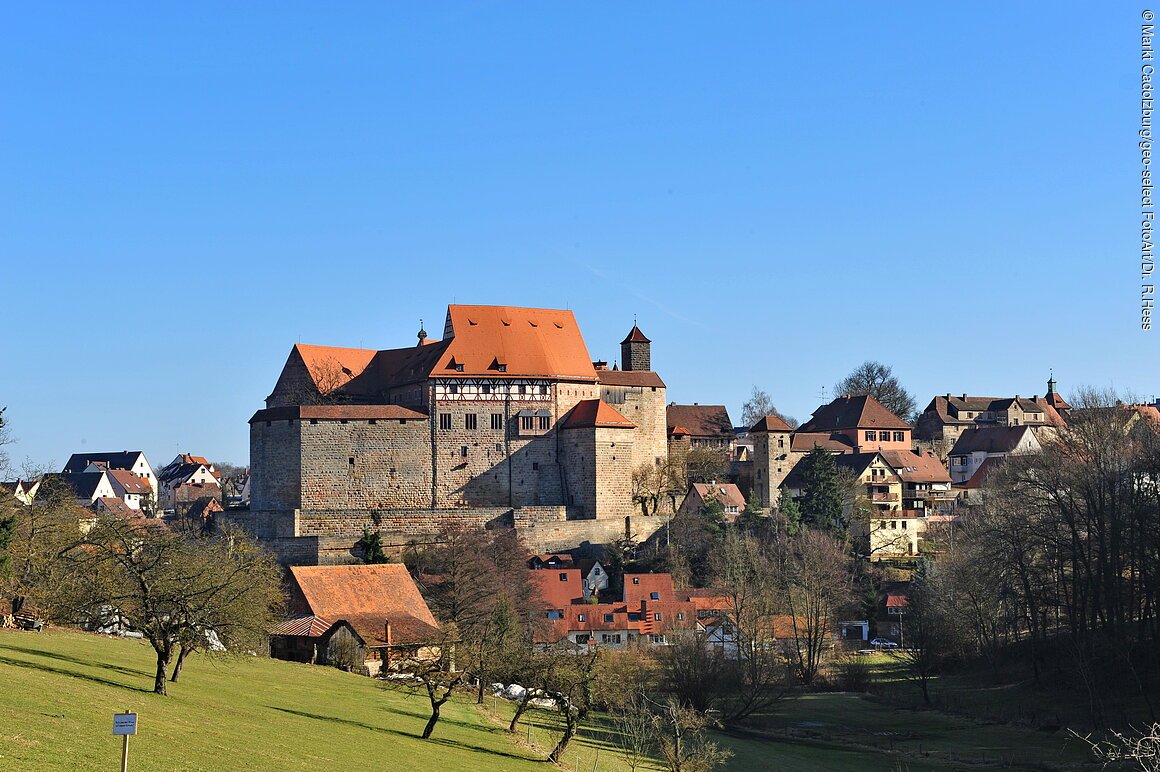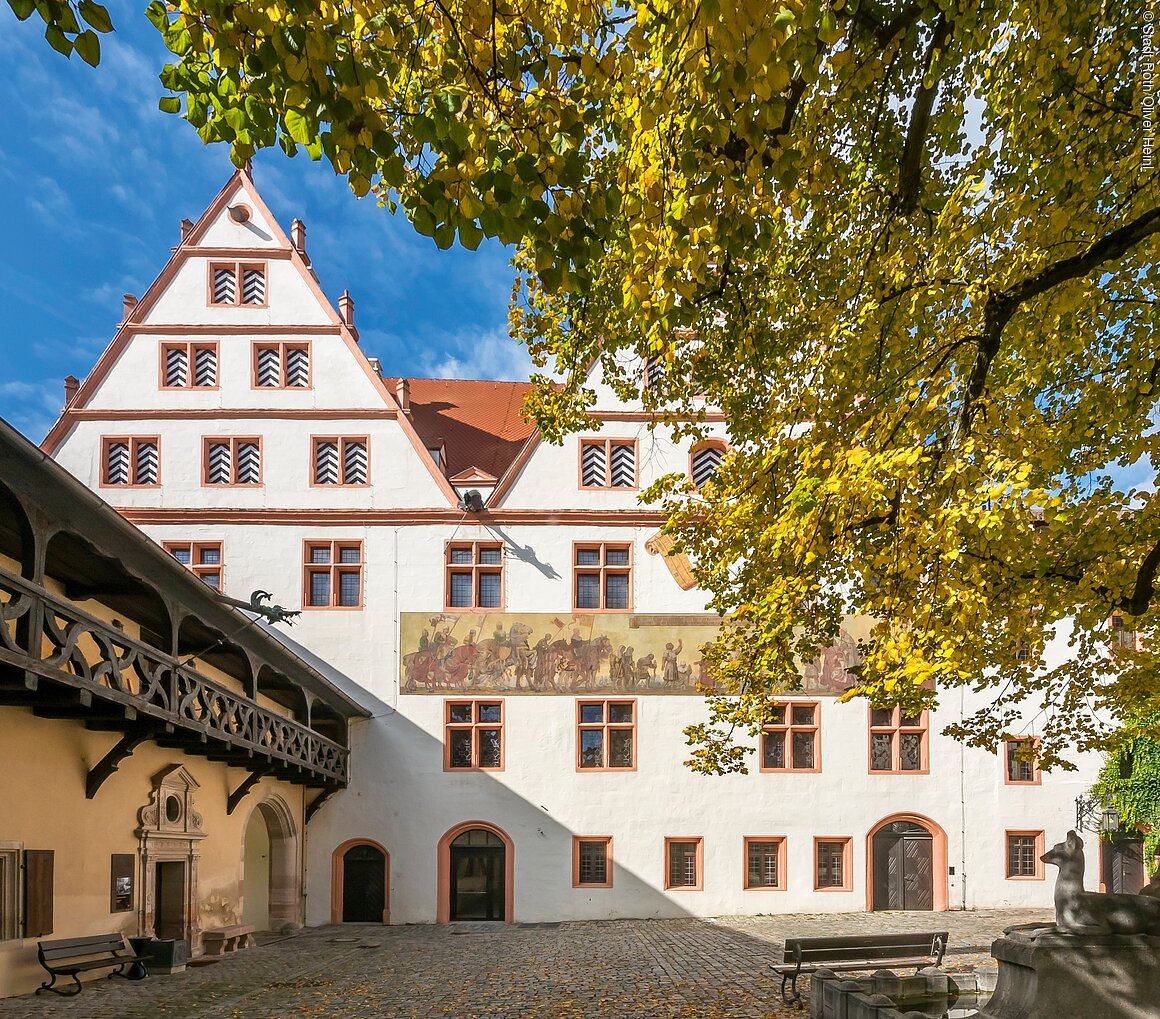The Hohenzollerns in Franconia
Electors, Prussian kings, German emperors, and magnificent buildings - the rule of the Hohenzollern family in Franconia can still be felt in many places today.
The beginning of the Hohenzollern dynasty in Franconia is marked by their rule over the Burgraviate of Nuremberg in 1192. In the years that followed, the family expanded their realm of power far beyond the imperial city. For centuries, the House of Hohenzollern ruled as margraves of Brandenburg-Ansbach and Brandenburg-Kulmbach/Bayreuth, until the reign of the Franconian part of the family finally ended in 1791. The roots of their power run through Franconian history - and numerous museums in Franconia today provide information about the work and history of the family dynasty.
The traces of the Hohenzollern family in Franconia are documented by many buildings from the late Middle Ages, the Renaissance, and the Baroque. Castles, residences, and palaces such as Cadolzburg, Abenberg Castle, Plassenburg, the residence in Ansbach or Ratibor Castle in Roth bear witness to their long, glorious reign. Sacred buildings such as the town church in Neustadt a.d. Aisch, the Erlangen Huguenot Church or the Minster in Heilsbronn - the burial place of the family - were built and expanded at the instigation of the Hohenzollerns. Furthermore, they had magnificent gardens laid out, such as the Ansbacher Hofgarten, the Erlangen Schlossgarten or the unique Sanspareil rock garden.

Museums on the Hohenzollerns
Many museums focus on the reign of the Hohenzollerns in Franconia:
- Margrave Museum, Ansbach
- Bayreuth New Palace - Museum "Margravine Wilhelmine's Bayreuth"
- Bayreuth New Palace - Chivalrous miniatures – Dr. Löer Collection
- Cadolzburg Castle
- Kulmbach - German Tin Figure Museum
- Kulmbach - Museum of the Upper Main Region
- Kulmbach - Plassenburg Castle
- Nuremberg - Kaiserburg Museum
- Nuremberg - Palas with exhibition »Emperor – Empire – City« and double chapel
- Museum Ratibor Castle, Roth

